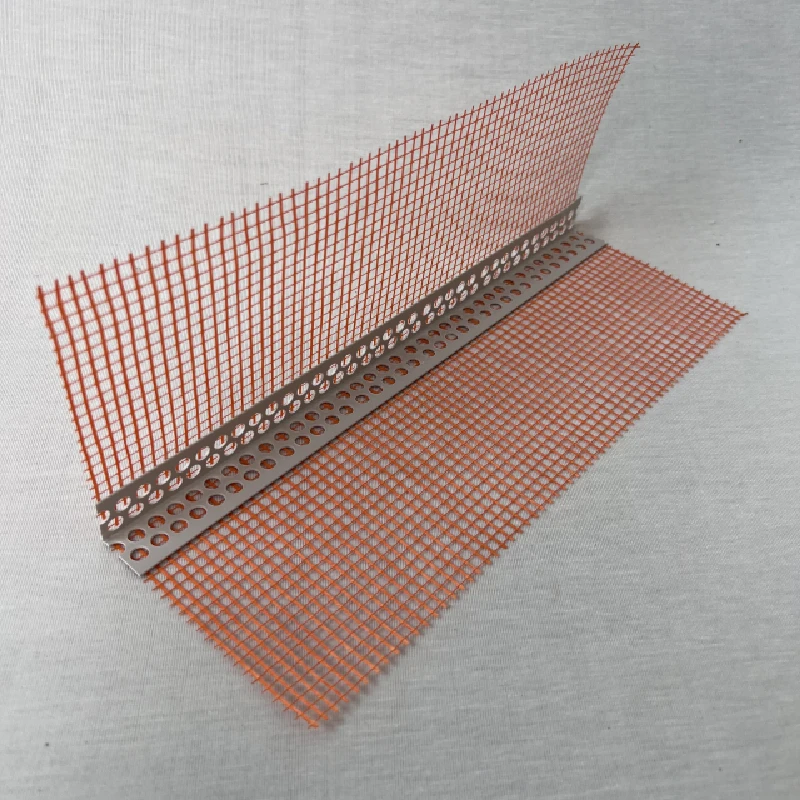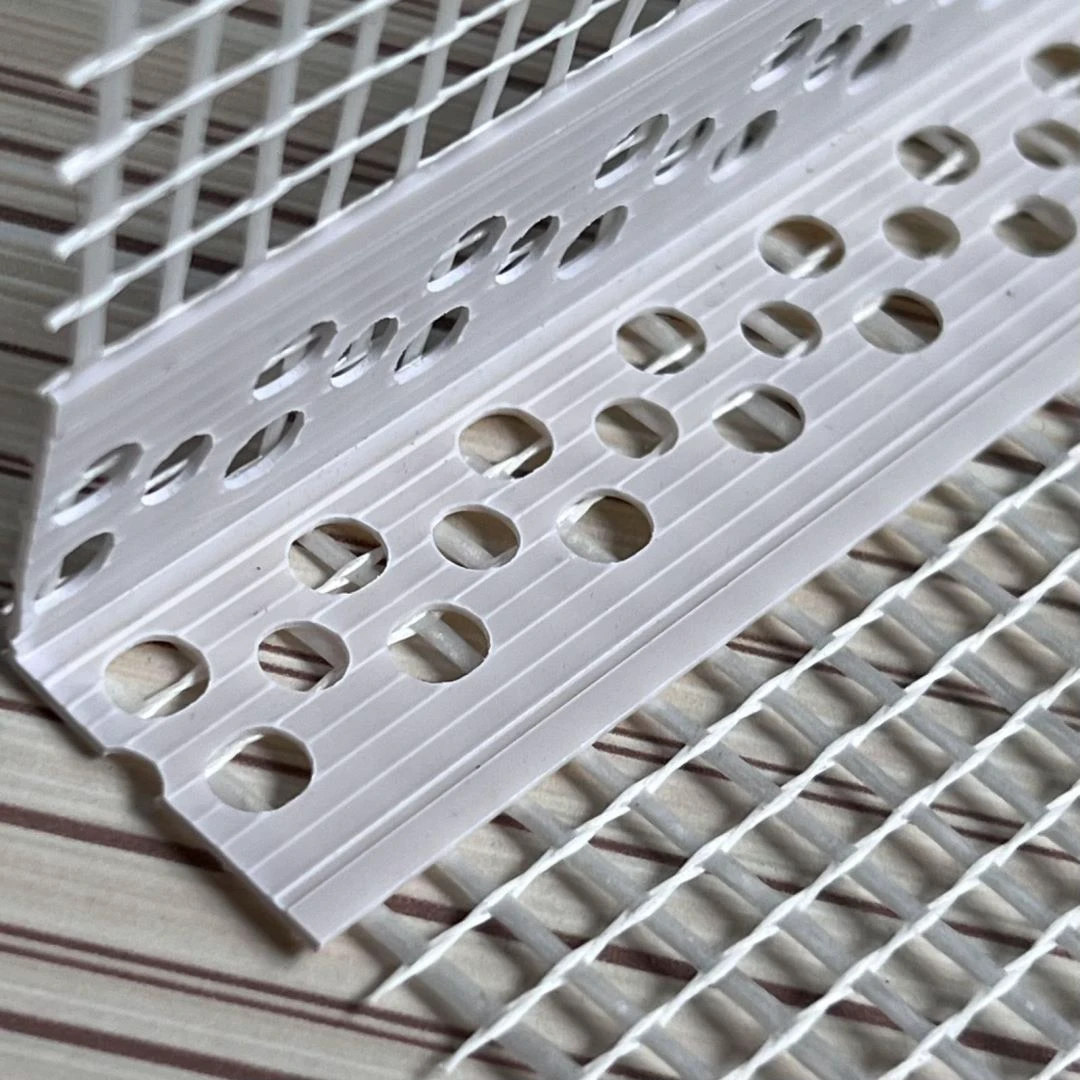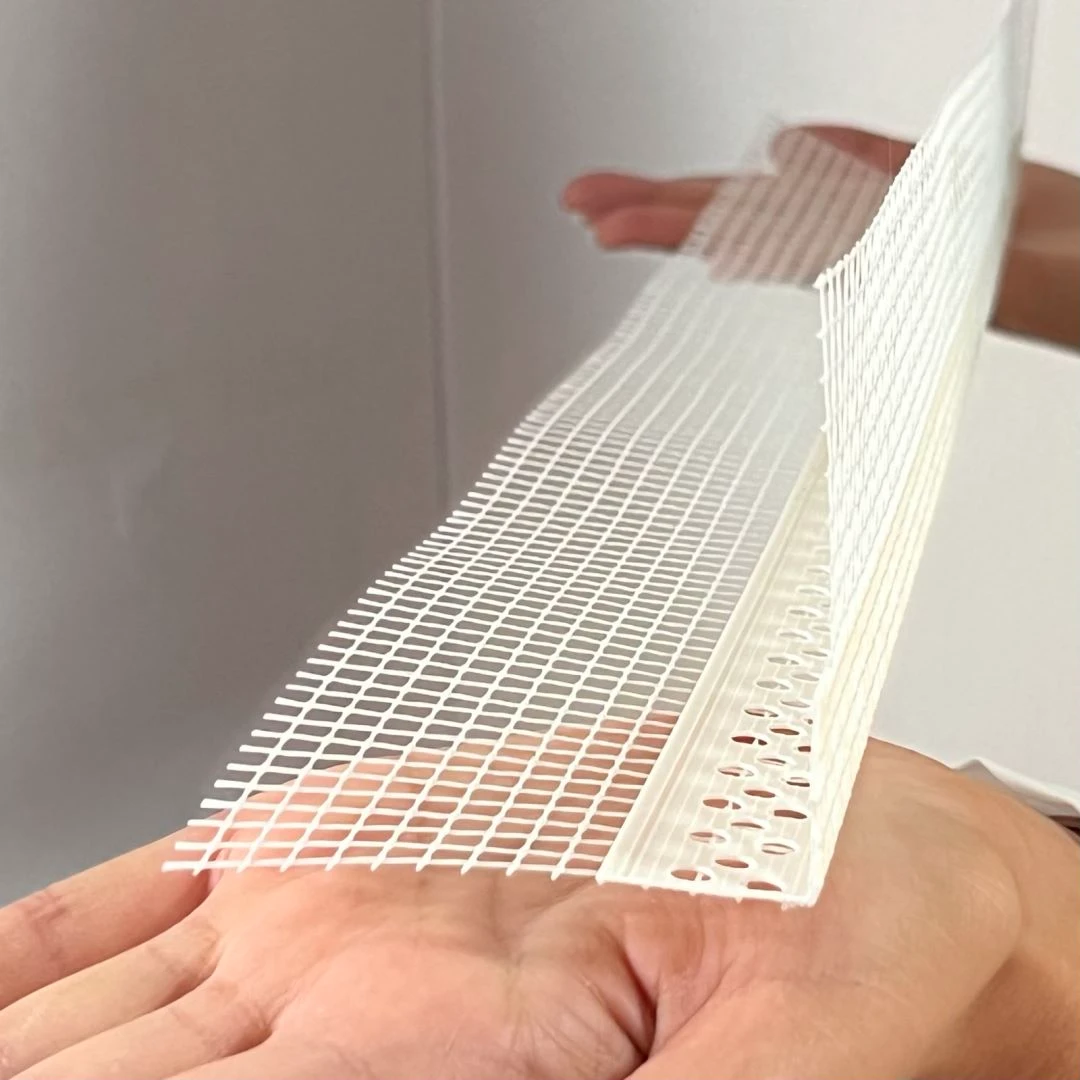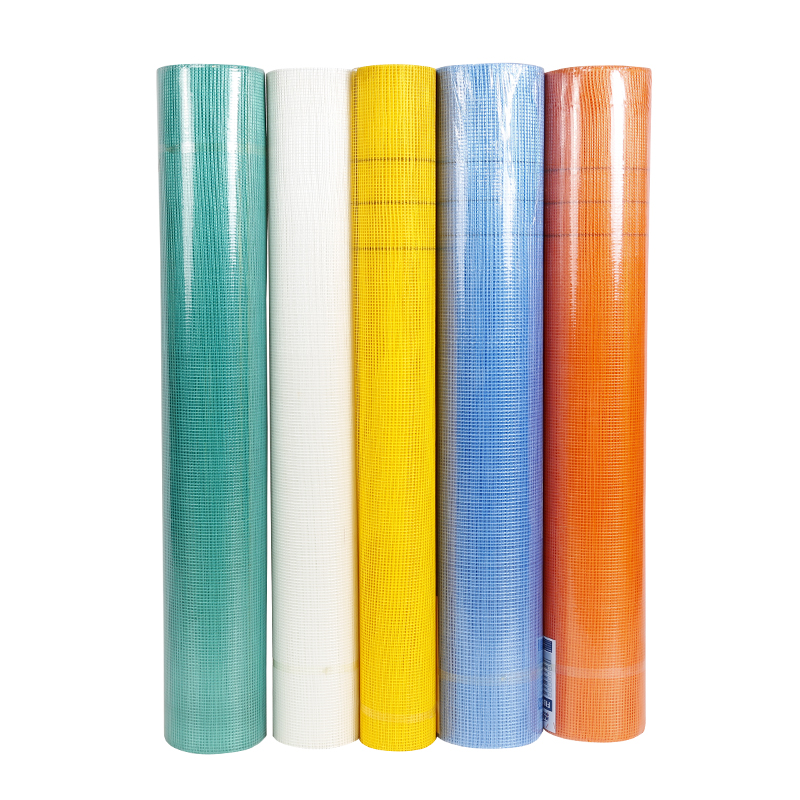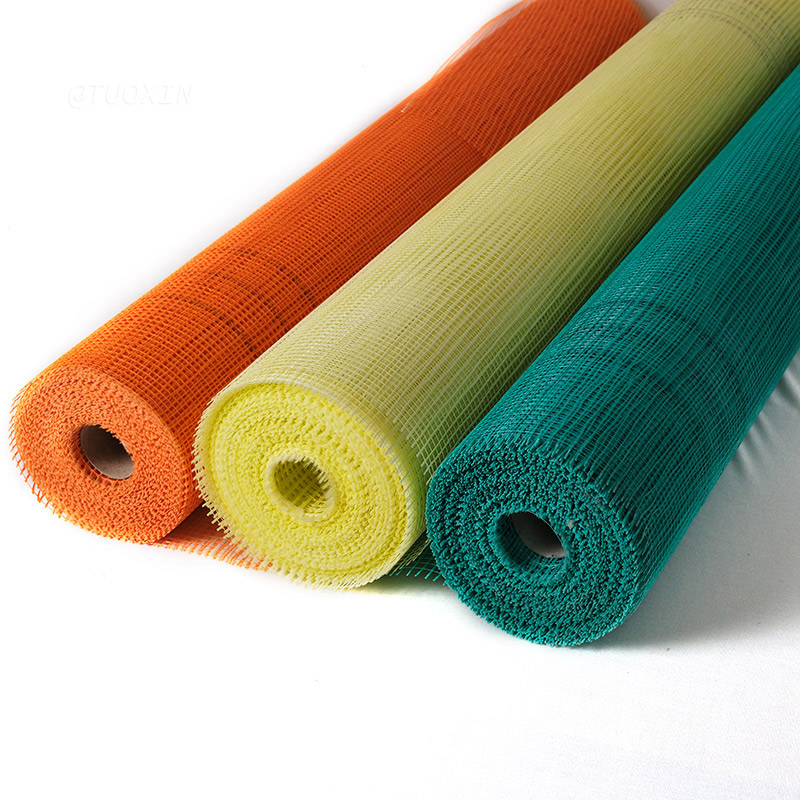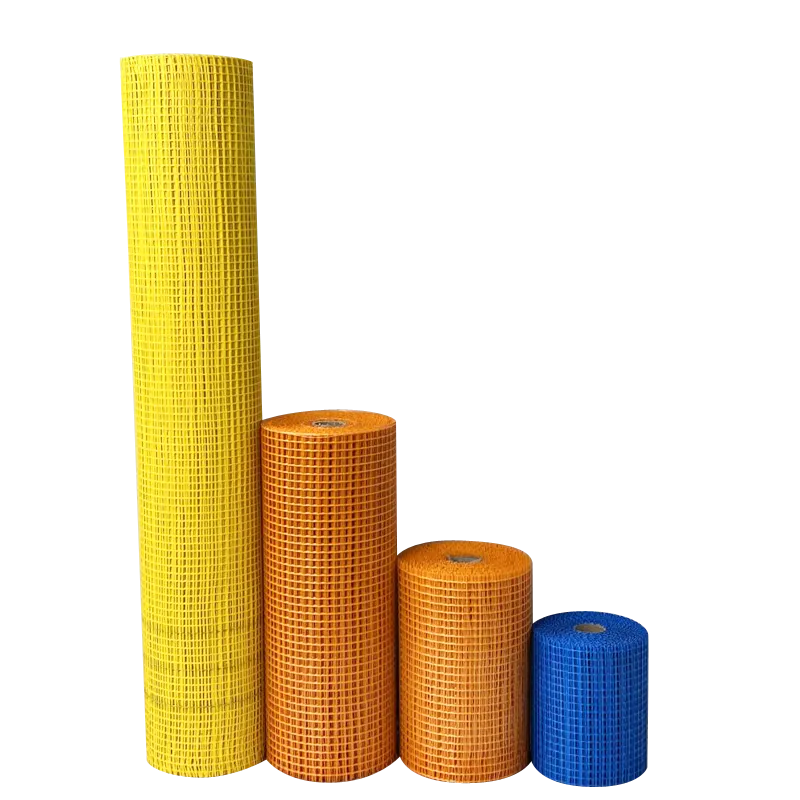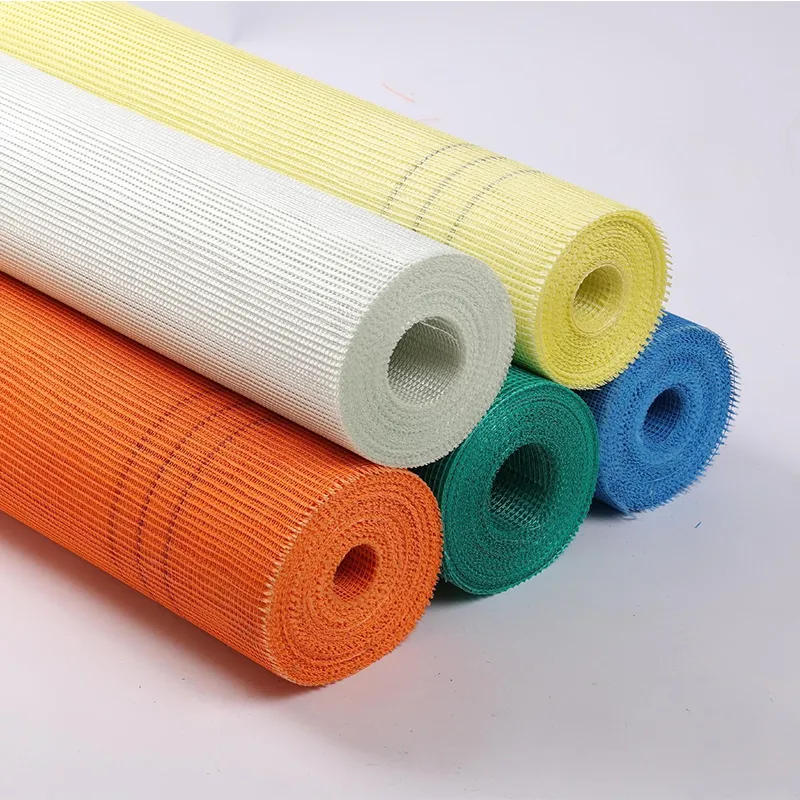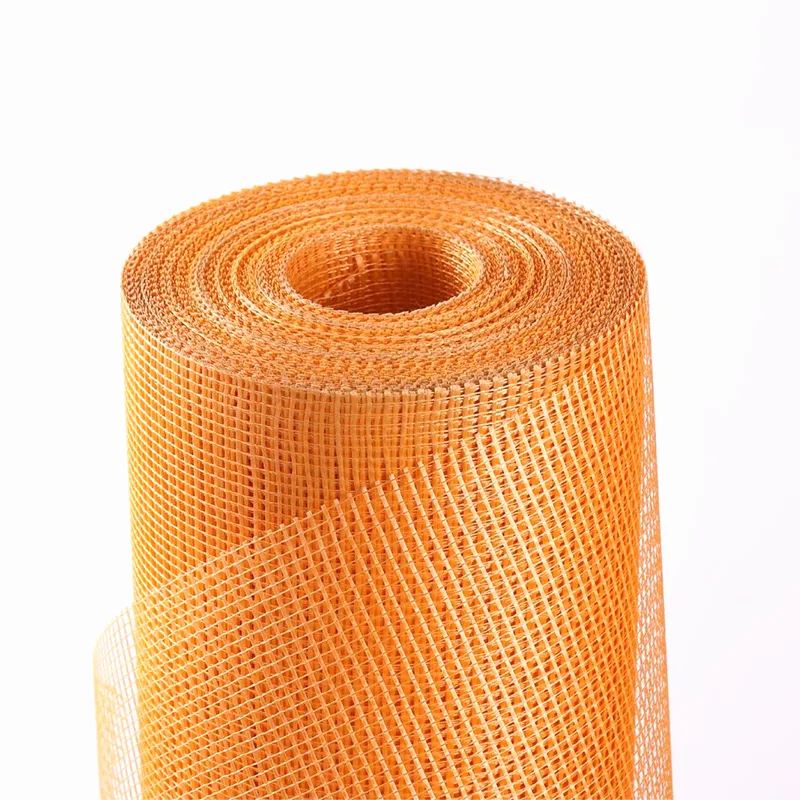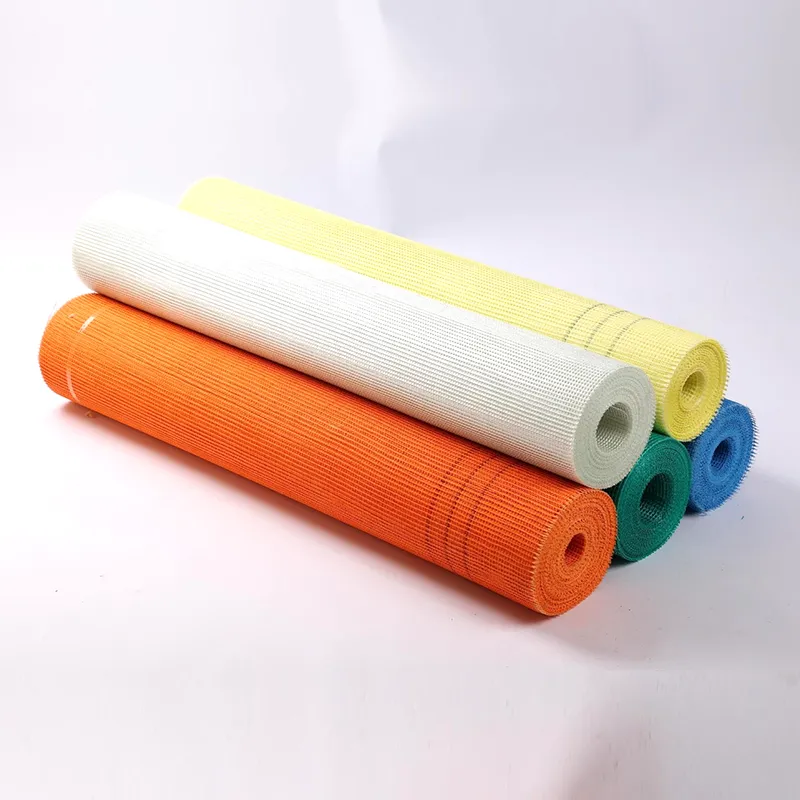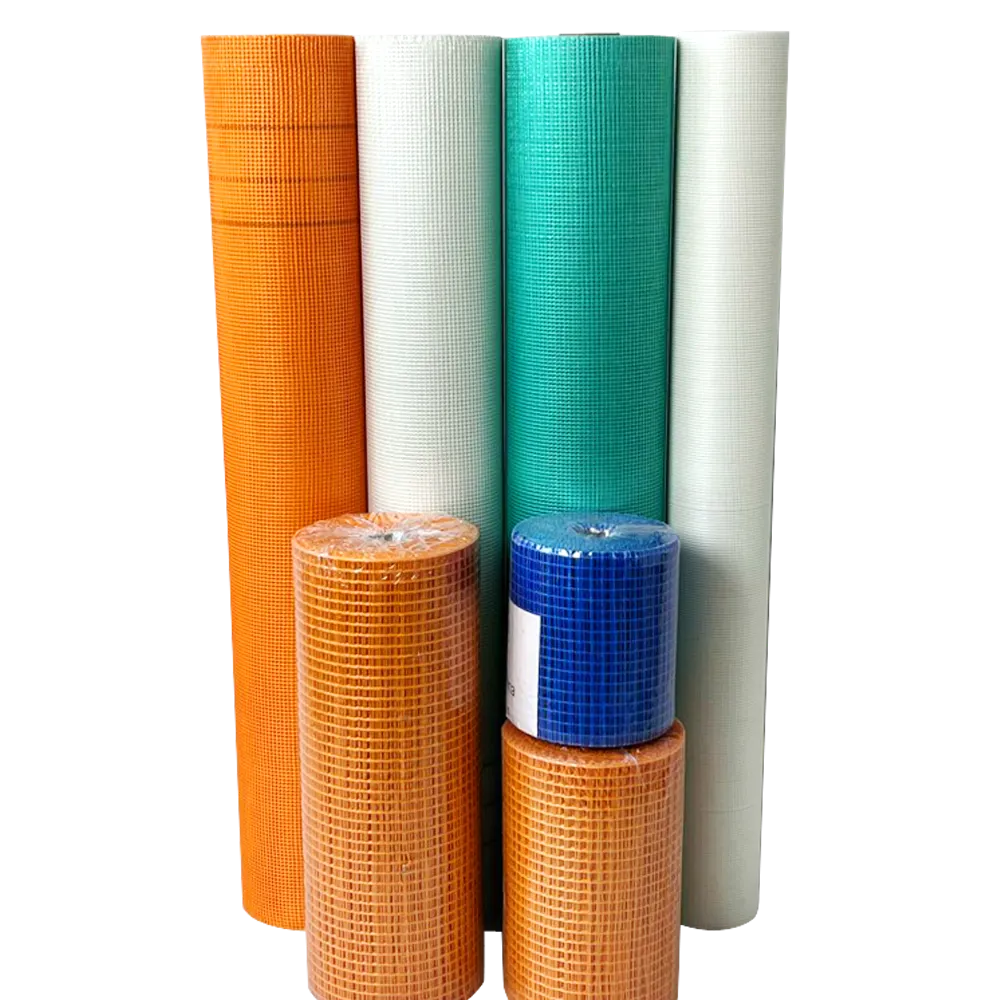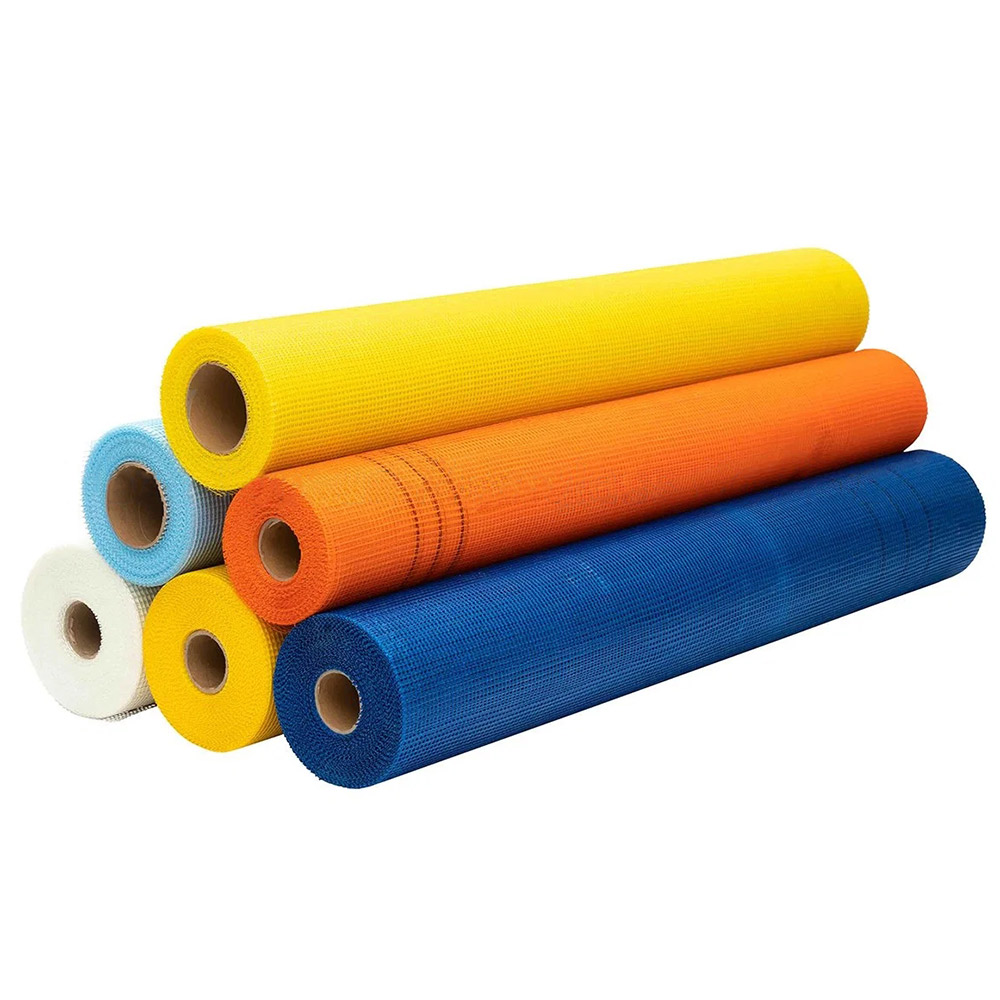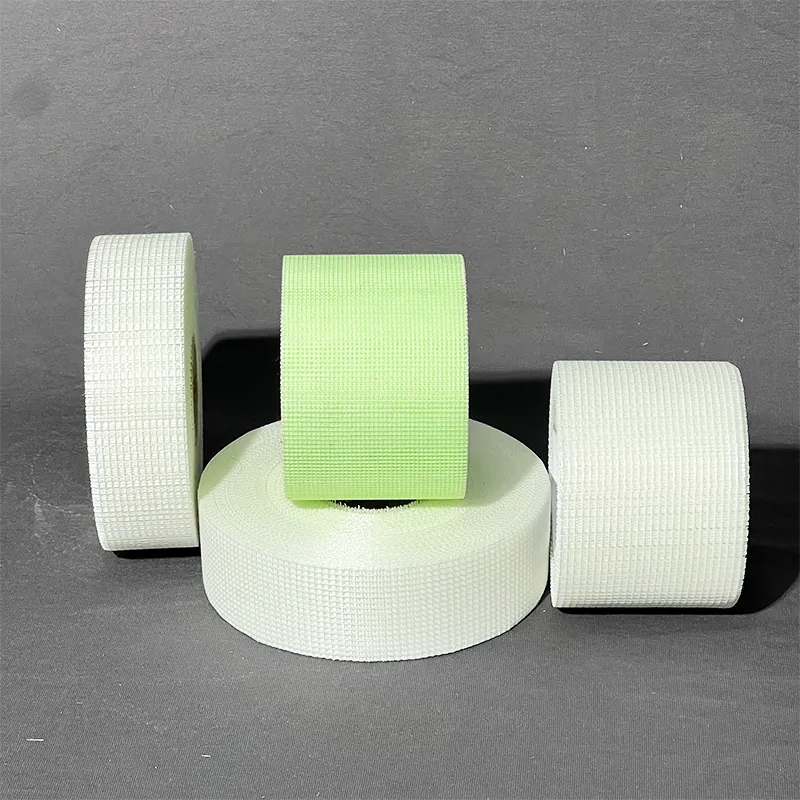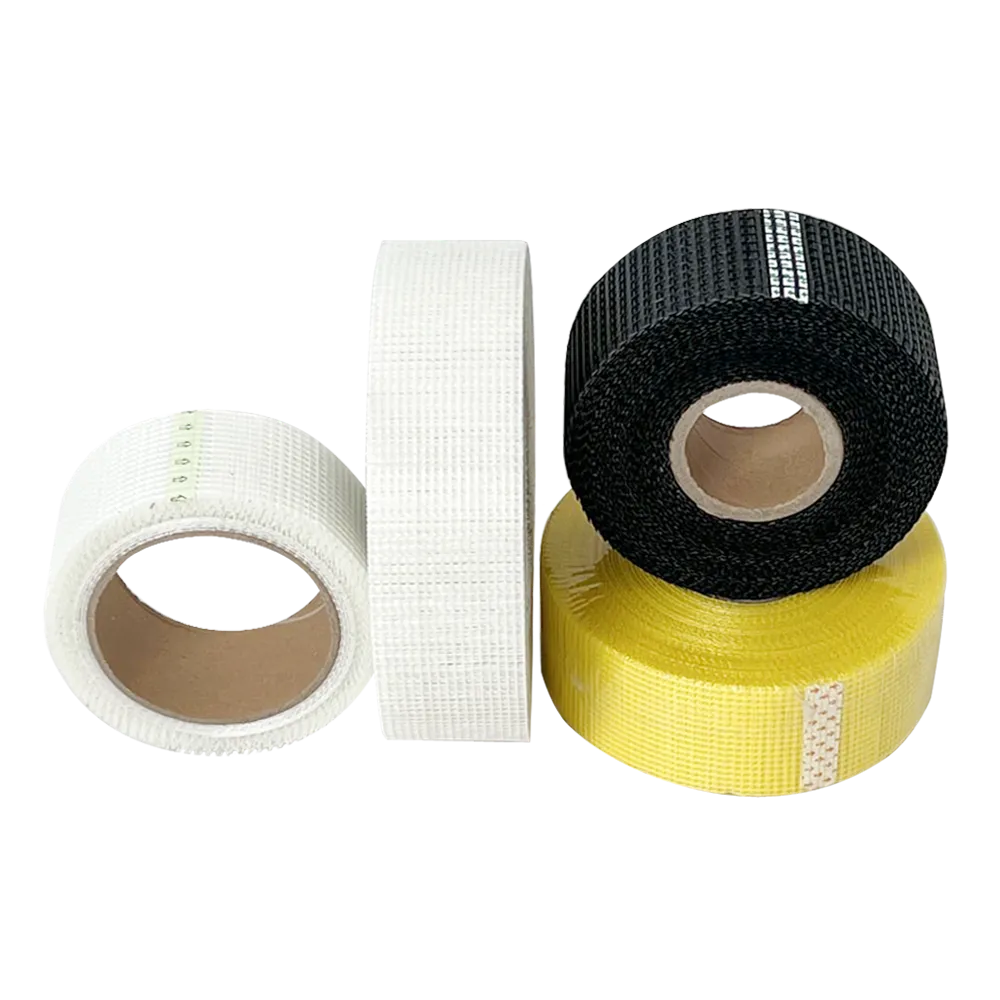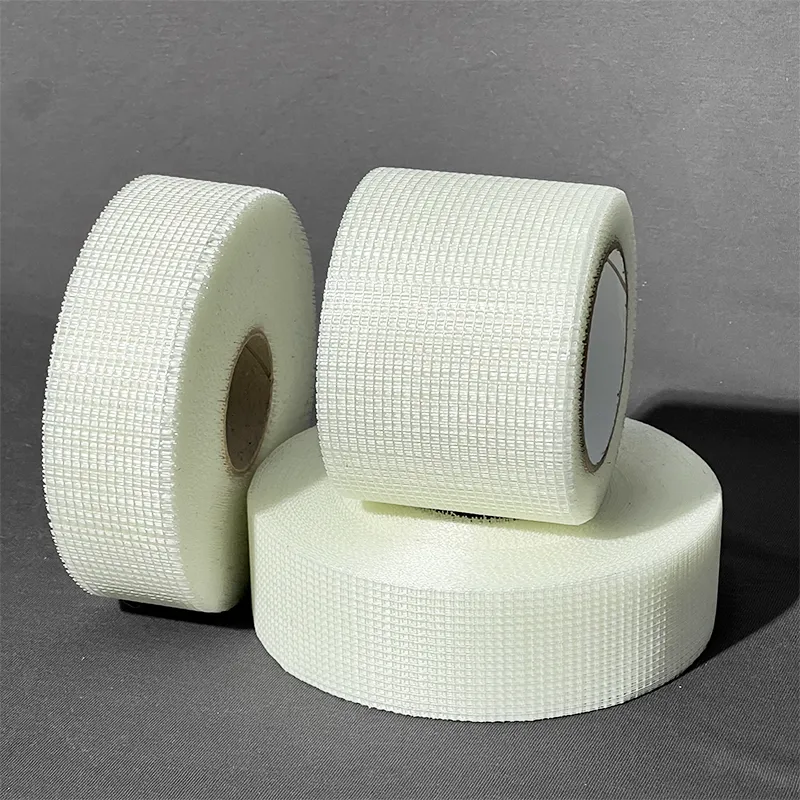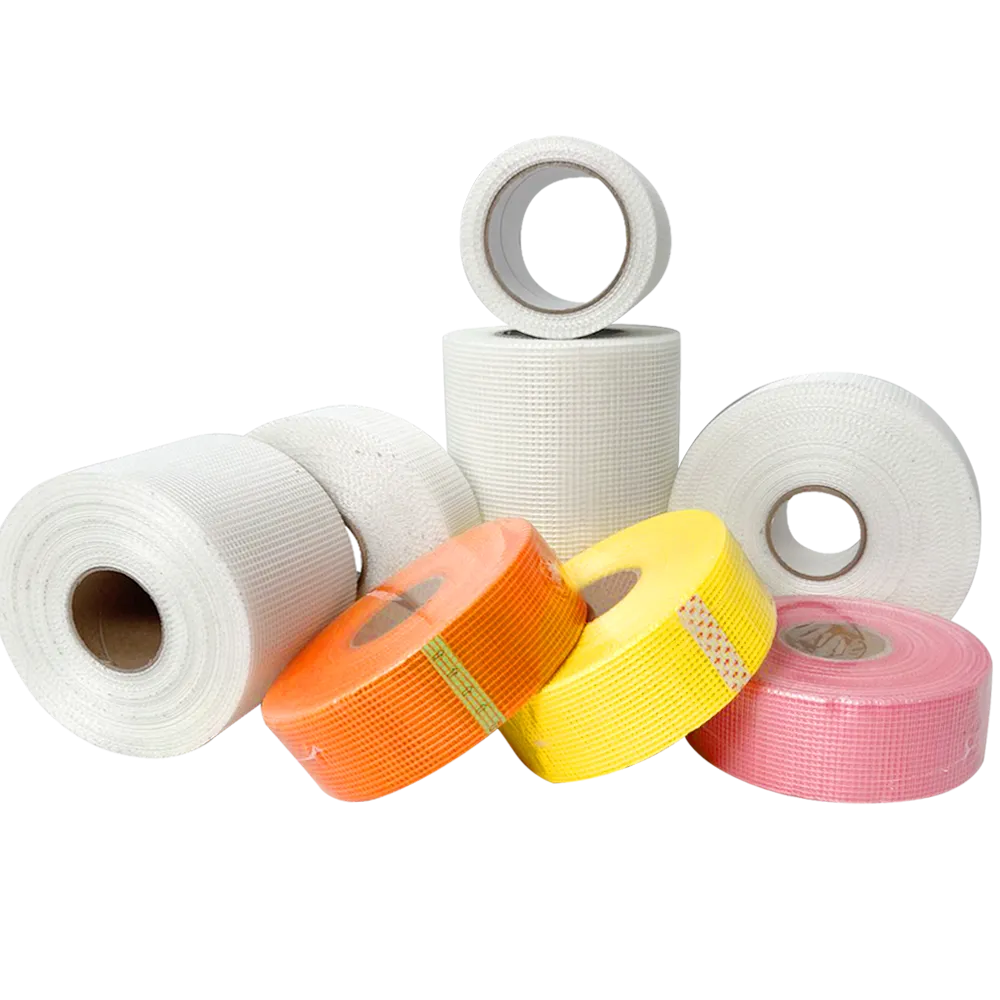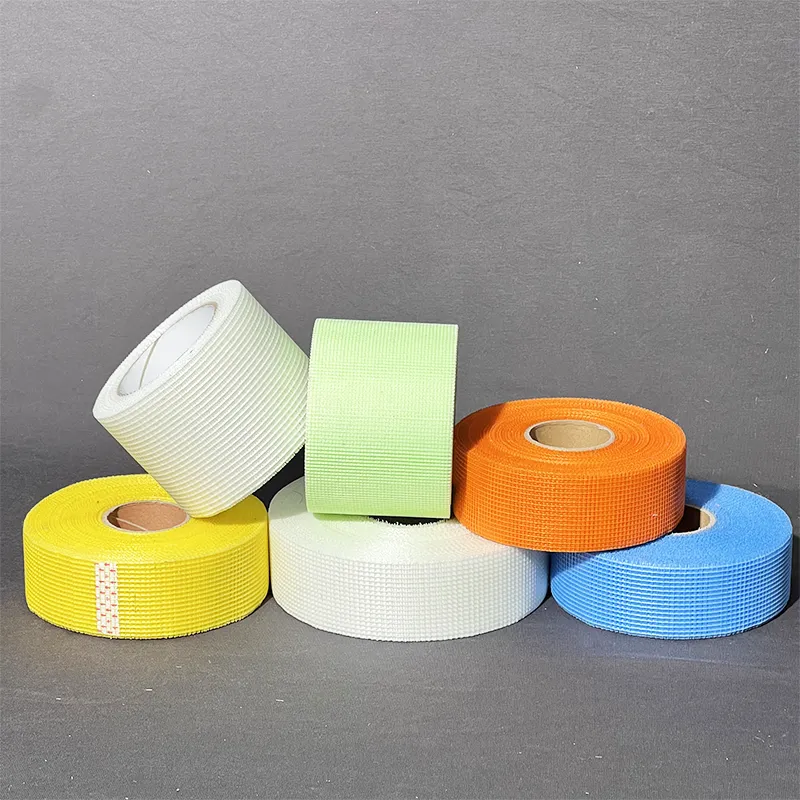Jul . 07, 2025 07:31 Back to list
High-Quality Fibreglass Reinforcing Mesh for Durable Concrete CE Certified Fiberglass Mesh
- Introduction to fibreglass reinforcing mesh
: purpose and significance - Technical advantages of fibreglass reinforcing mesh over traditional solutions
- Comparative analysis: manufacturers and CE certification overview
- Customization solutions to meet unique construction demands
- Industry-specific application examples with statistical insights
- Maintenance, longevity, and cost-efficiency
- Conclusion: Future outlook of fibreglass reinforcing mesh in global construction
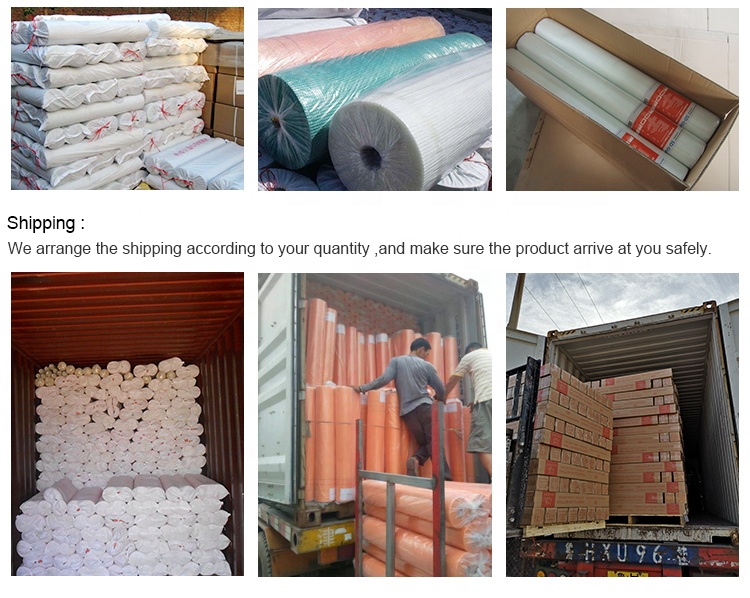
(fibreglass reinforcing mesh)
Understanding Fibreglass Reinforcing Mesh: Revolutionizing Concrete Reinforcement
The integration of fibreglass reinforcing mesh within today’s construction landscape stands as a pivotal advancement, addressing critical requirements for durability, flexibility, and lightweight reinforcement across diverse sectors. This high-strength mesh is specifically engineered to counteract the intrinsic weaknesses of concrete, providing enhanced crack resistance, improved load distribution, and prolonged structural integrity. With global infrastructure spending projected to reach $13 trillion by 2026, as reported by GlobalData, innovations like reinforcing fibreglass mesh are essential for modern building methods. Its unique physical and chemical properties have led to a rapid surge in demand, particularly where weight reduction without compromising strength is paramount. The mesh’s inherent corrosion resistance further eliminates long-term degradation issues plaguing traditional steel reinforcements.
Technical Advantages: Transforming Reinforcement Solutions
For decades, concrete reinforcement relied heavily on steel meshes and rebar. However, fibreglass reinforcing mesh offers a compelling alternative due to its outstanding performance characteristics. Firstly, it possesses a tensile strength of up to 1200 MPa, surpassing many grades of mild steel mesh. This high tensile capacity means structures can be lighter and thinner, without sacrificing strength or stiffness. Additionally, fibreglass mesh is inherently non-magnetic and non-conductive, making it optimal for applications where electromagnetic interference is a concern.
Another advantage is its superior resistance to alkali and chemical agents found within concrete; traditional metal meshes often suffer degradation over time, reducing lifespan and compromising safety. Environmental sustainability is also a defining trait: production of glass fibre emits up to 80% less CO2 than steel, supporting greener construction ambitions. The lightweight nature of fibreglass mesh simplifies transportation and installation, minimizing labour and equipment costs significantly.
Manufacturer Comparison and CE Certification: Ensuring Quality Assurance
Selecting reliable suppliers and verifying certifications are crucial steps in project planning. The European market, in particular, mandates that ce certification fiberglass reinforcing mesh concrete be used to comply with stringent quality and safety standards. CE certification confirms that the mesh meets all essential requirements as stipulated by harmonized EU standards, assuring structural performance, durability, and minimal harmful emissions.
Below is a comparative table, detailing prominent manufacturers and critical quality metrics:
| Manufacturer | Production Capacity (m2/year) | CE Certification | Tensile Strength (MPa) | Weight (g/m2) | Global Distribution |
|---|---|---|---|---|---|
| FibroGrid Solutions | 35 million | EN 13496 | 1100-1200 | 145 | Europe, Asia, North America |
| MeshTech Industries | 28 million | EN 13496 | 1050 | 160 | Europe, North America |
| Reinfiber Pro | 25 million | EN 13496 | 1180 | 140 | Asia, South America |
The broader implication of CE certification is risk mitigation and international market access, underpinning the importance of compliance when selecting reinforcing fibreglass mesh for large-scale or public projects.
Customization: Tailored Fibreglass Reinforcing Mesh for Diverse Projects
Construction projects increasingly demand tailored solutions instead of a one-size-fits-all approach. Leading manufacturers now offer highly customizable fibreglass mesh products in terms of mesh size (ranging from 5x5mm to 25x25mm), grammage, width, weave patterns, and finish coatings to meet specific engineering and architectural needs. Whether it is pre-fabricated wall panels, precision formwork, or complex infrastructure, customizable mesh ensures optimal reinforcement without excess material waste.
Advances in manufacturing allow just-in-time production based on digital blueprints, dramatically reducing lead times and off-cut waste—by up to 30% in some factory settings. Hydrophobic and flame-retardant coatings provide enhanced safety options, while colour-coded mesh supports easier installation and quality inspection on busy construction sites. The ability to source mesh in continuous rolls or precise sheets further increases on-site flexibility and lowers installation error rates.
Industry Applications: Success Cases and Statistical Results
The utility of fibreglass reinforcing mesh spans a cross-section of industries. In tunnel linings, the mesh is employed for its immunity to corrosion—contributing an extended lifespan of up to 60 years, compared with 35-40 years for steel alternatives. In façade systems for high-rise buildings, the mesh offers wind and impact resistance, supporting panels weighing up to 500kg per unit—statistics confirmed by recent European construction benchmarks.
Road pavement projects benefit from the mesh’s crack-arrest functions, reducing reflective cracking by over 80% according to a 2022 survey by the International Road Federation. In water treatment facilities and chemical plants, its non-reactive properties are invaluable.
One case study in the Netherlands involved a 2.5km concrete bike path directly exposed to de-icing chemicals. The use of fibreglass mesh reduced annual maintenance requirements by 40% and tripled the estimated service lifespan. Similarly, residential applications, including external insulation systems (EIFS), show remarkable enhancements in thermal efficiency and façade durability.
Maintenance, Longevity, and Economic Performance
The life cycle advantages of reinforcing fibreglass mesh cannot be overstated. Its resilience to UV radiation, aggressive chemicals, and freeze-thaw cycles positions it as a superior alternative for both indoor and outdoor applications. Maintenance costs are typically reduced by 20-35% compared to conventional steel mesh, according to industry analyses.
Inspections reveal that after 10 years under severe environmental conditions, fibreglass mesh retains over 90% of its original tensile strength. Such durability translates to fewer repairs and material replacements—critically important in infrastructure and civil engineering projects with long planning horizons. Initial cost outlays might be 5-10% higher than standard mesh, but return on investment is achieved within a few years due to lower ongoing operational costs and prolonged service intervals.
The Future of Fibreglass Reinforcing Mesh: Impact on Global Construction
As global construction faces challenges of sustainability, urbanization, and resource efficiency, fibreglass reinforcing mesh emerges as a decisive solution for next-generation building. Continuous improvements in raw materials, digital manufacturing, and rigorous certification (such as CE certification for concrete) ensure the mesh’s expanding applicability and reliability.
The coming decade is poised for accelerated adoption, underpinned by stricter quality norms and environmental policies driving a shift away from traditional steel. Progressive contractors and architects leveraging high-tech reinforcing fibreglass mesh will contribute to safer, more resilient infrastructures while aligning with global objectives for reduced carbon footprints and material consumption. The outlook indicates not only broader usage but also ongoing innovation—solidifying fibreglass mesh as a cornerstone of modern construction methodologies worldwide.
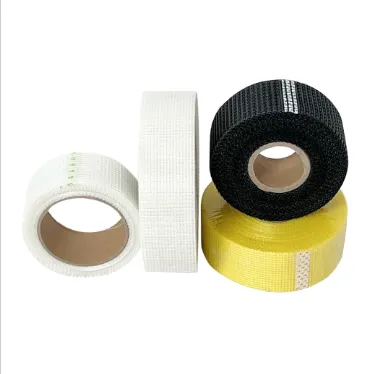
(fibreglass reinforcing mesh)
FAQS on fibreglass reinforcing mesh
Q: What is fibreglass reinforcing mesh used for?
A: Fibreglass reinforcing mesh is primarily used to strengthen surfaces such as concrete, plaster, or render. It prevents cracking and increases overall durability in construction projects.Q: How does reinforcing fibreglass mesh improve concrete structures?
A: Reinforcing fibreglass mesh enhances concrete by distributing loads and minimizing cracks. It also improves impact resistance and extends the lifespan of the concrete surface.Q: Does fibreglass reinforcing mesh have CE certification?
A: Yes, many manufacturers provide CE certification for fiberglass reinforcing mesh concrete products. This certification ensures compliance with European safety and performance standards.Q: Can fibreglass reinforcing mesh be used for exterior wall insulation?
A: Absolutely, fibreglass reinforcing mesh is commonly used in exterior wall insulation systems. It helps reinforce the base coat and ensures long-term stability.Q: Is fibreglass mesh easy to install in construction projects?
A: Yes, fibreglass reinforcing mesh is lightweight and easy to handle, making installation quick and efficient. It can be cut to size and embedded into wet material with minimal tools.-
The Versatile Role of Fiberglass Mesh in Modern ConstructionNewsJun.09,2025
-
The Essential Role of Alkali Resistant Fiberglass mesh Tape in Modern ConstructionNewsJun.09,2025
-
Strengthening Walls and Joints with Fiberglass mesh Tape SolutionsNewsJun.09,2025
-
Fiberglassmesh Tape Solutions for Stronger Walls and Cleaner FinishesNewsJun.09,2025
-
Fiberglass Reinforcement Mesh: A Modern Essential for Durable FinishesNewsJun.09,2025
-
Enhancing Construction Durability with Self-Adhesive Fiberglass Mesh SolutionsNewsJun.09,2025
